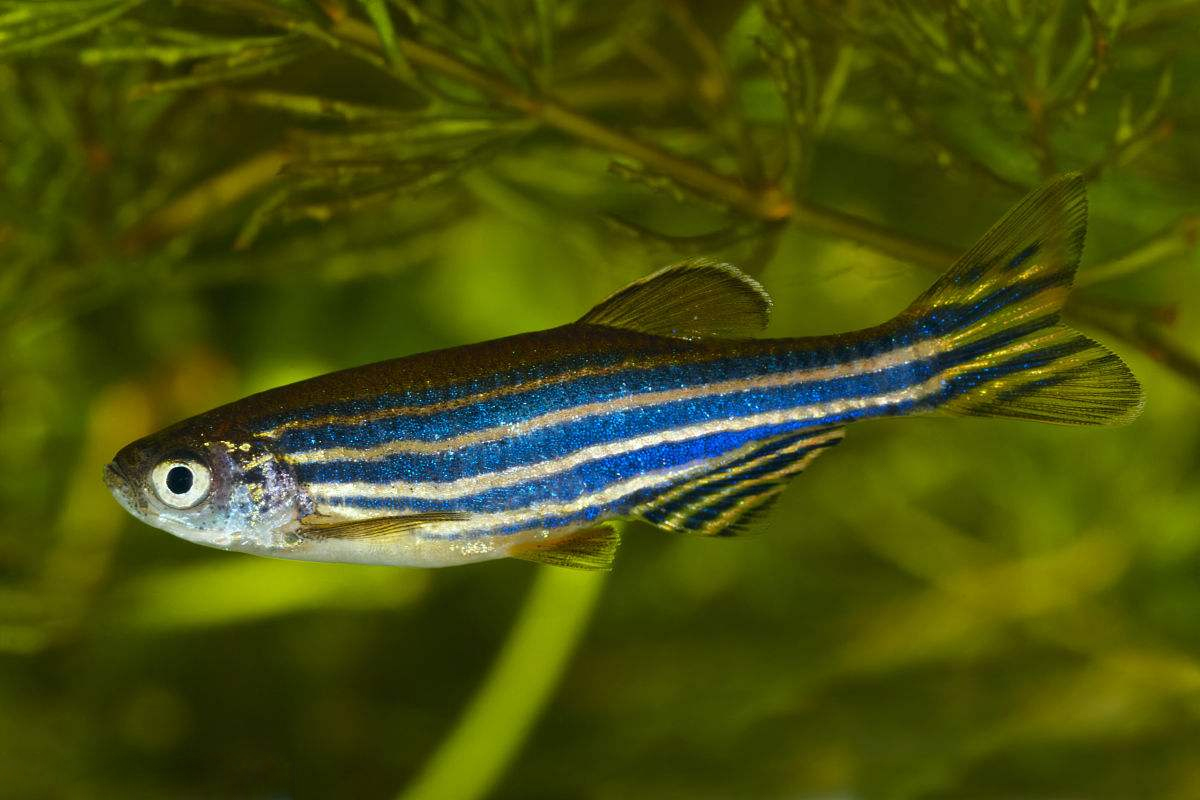"Lab rat" is a well known term for experiment subjects, and many labs do make great use of rats and mice in their biomedical studies. However, more and more fish have become commonly accepted as excellent medical research samples.
One such fish that most scientists will recognize is Danio rerio, the Zebrafish. Its transparent eggs and regenerative properties allow for a wide range of intriguing research applications. But they are not the only fish making waves in science: last week in Nature, it was actually Astyanax mexicanus, the Mexican Cavefish that graced the cover, adding another fascinating fish to the world of biomedical research.
The Paper
A team from Harvard Medical School led by Misty R. Riddle et al. recently found some fascinating differences in the blood glucose regulation of the Mexican Cavefish and published their findings in Nature. They found a mutation in the insulin receptor that would usually be expected to cause Type 2 diabetes in humans, but instead of harming the fish, it actually helped them survive in extreme environments with less food. How could this gene harm one animal but help another? That is the next research question, surely. This amazing research will allow for new discoveries and research on diabetes that could impact clinical treatment in the future.
Imagine if these researchers had NMT, our non-invasive flux sensor technology, to reveal further physiological data to accompany their genetic studies! Zebrafish are a standardized sample of our new NMT Physiolzyer®, as this technology emerges further into the field of biomedical research.
NMT Connection
NMT led to an interesting discovery in Zebrafish, revealed by Li-Yih Lin et al. in the National Taiwan Normal University in 2008. They detailed a mechanism that explains ammonia excretion from the skin of larval zebrafish, using NMT's dynamic flux data of NH4+ and H+ as their evidence. In this picture, you can see the in situ locations of flux sensor measurements and the different NH4+ fluxes in a live zebrafish larva.
NH4+ is a waste product from most animals, and can be very informative about metabolic processes. Likely, it could contribute to further research on the "Diabetic Cavefish", by researchers with this innovative flux sensor technology.
Though we may seem so different, fish and mammals can have some surprising similarities for the purpose of medical research. Keep an eye out for more Zebrafish biomedical research using the new NMT Physiolyzer®!
References:
Riddle MR, et al. Insulin resistance in cavefish as an adaptation to a nutrient-limited environment. Nature. 2018. 555, 647–651
Li-Yih Lin, et al. Ammonia excretion by the skin of zebrafish (Danio rerio) larvae. American Journal of Physiology- Cell Physiology, 2008, 295(6): 1625-1632.
Welcome to the"CNS and NMT" series!
In this series of posts, you will learn something new that you cannot get anywhere else. Here you will find out how the latest research from Cell, Nature, and Science journals could go even further with the addition of new technology. We will show you how NMT can change the way that research is done, and how it can give a new perspective to studying the life sciences.
Thank you for reading!
Check Out More Applications NMT's most popular field is currently plant physiology, but creative scientists are applying it to new fields every day, like diabetes and cancer research. Now, labs using NMT systems have published over 700 papers in top journals! Our clients' top feedback is that the their high-quality results help them get published, thanks to the non-invasive nature of our technology, which allows them to measure live, physiologically accurate samples.
Experience the NMT Physiolyzer® Our most advanced NMT system yet: This highly advanced instrument is allowing scientists to discover physiological functions of live samples in innovative new ways. With customizable software, you can choose from 12 ions and molecules for your own personalized system.
The Theory of NMT Check out the principles of how NMT works.



